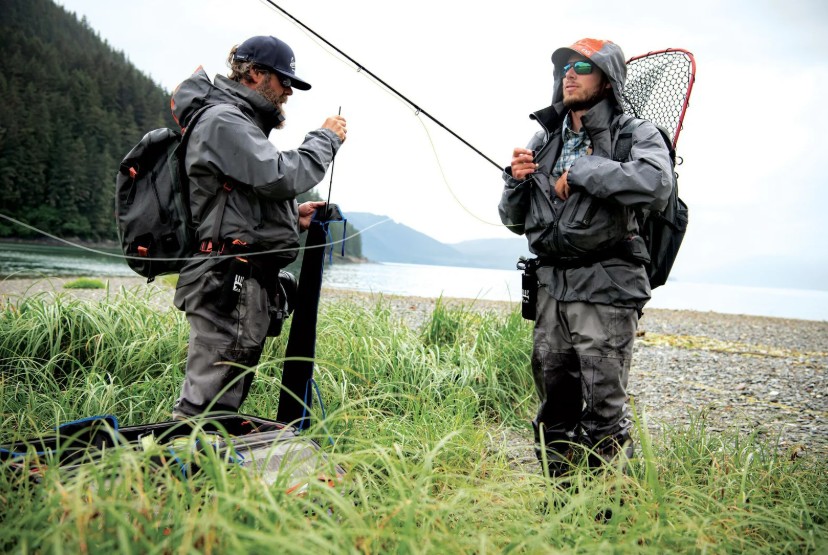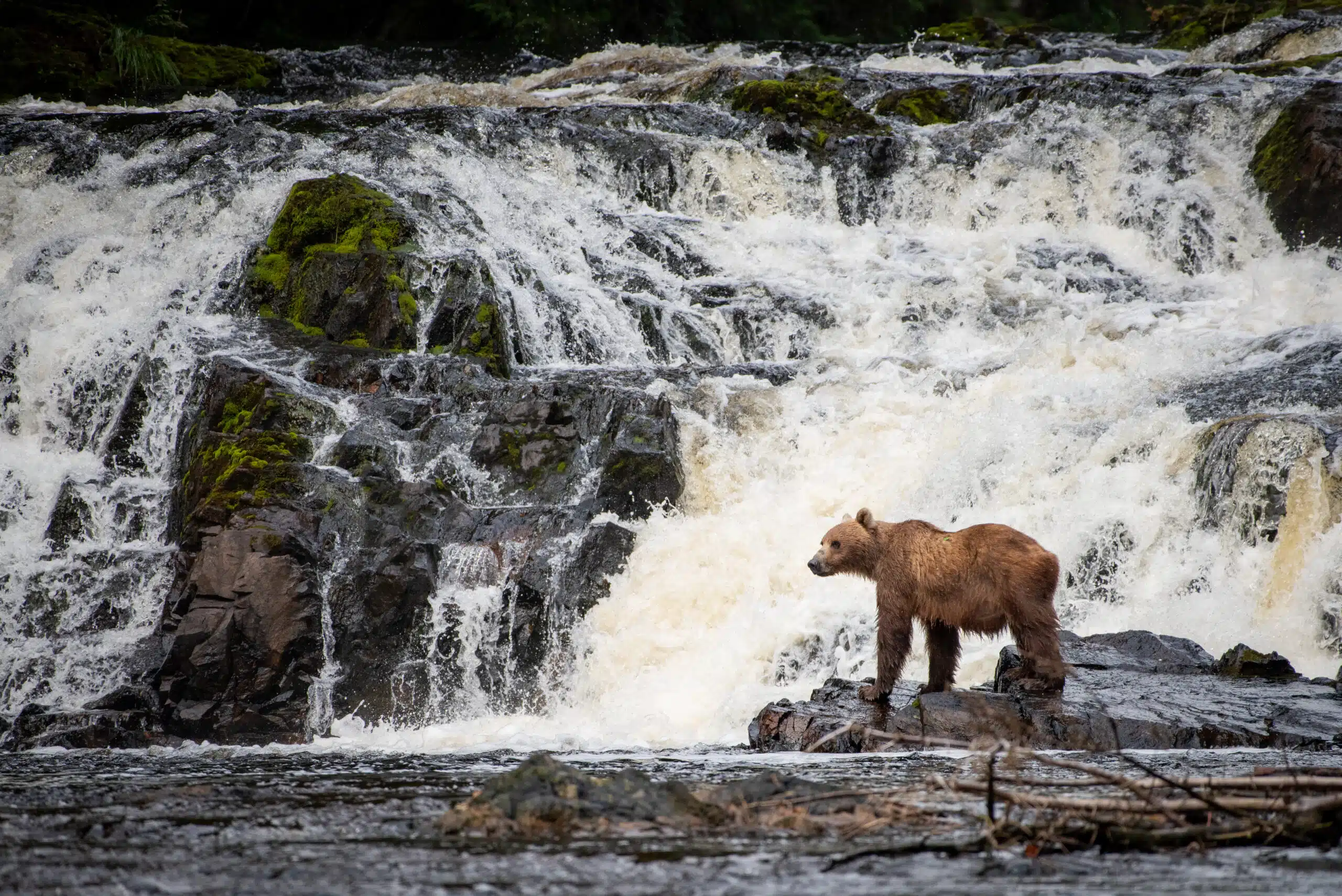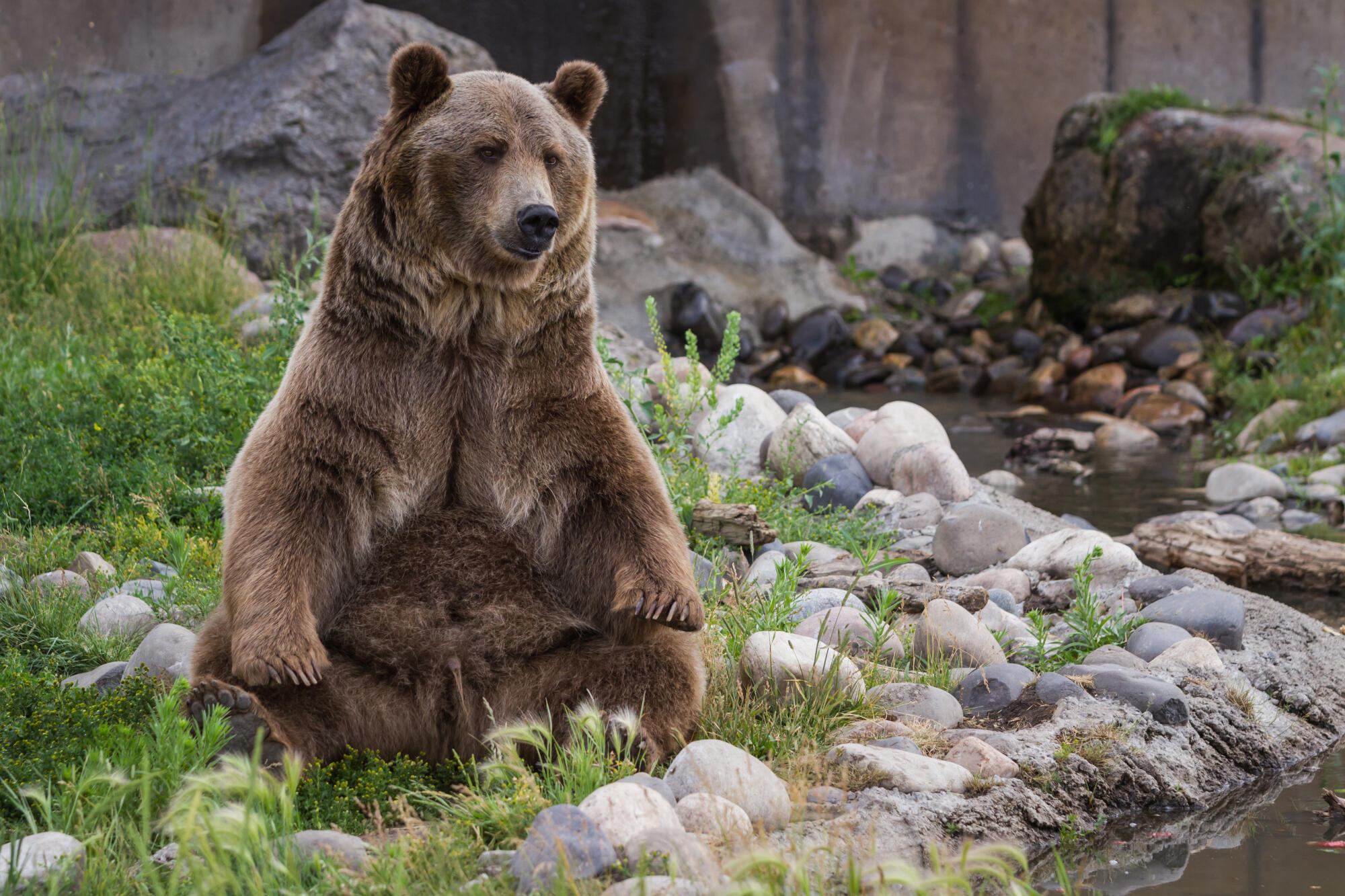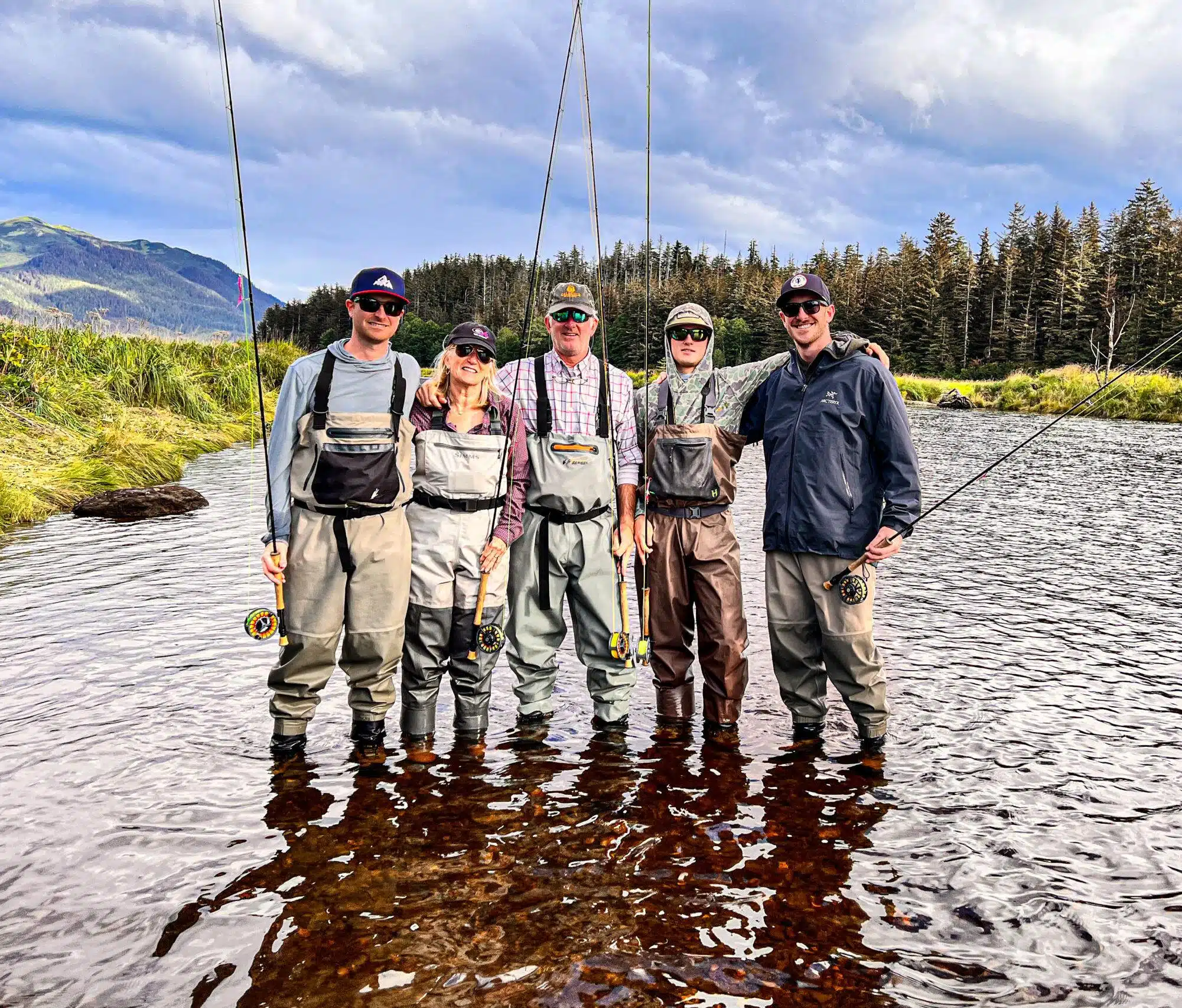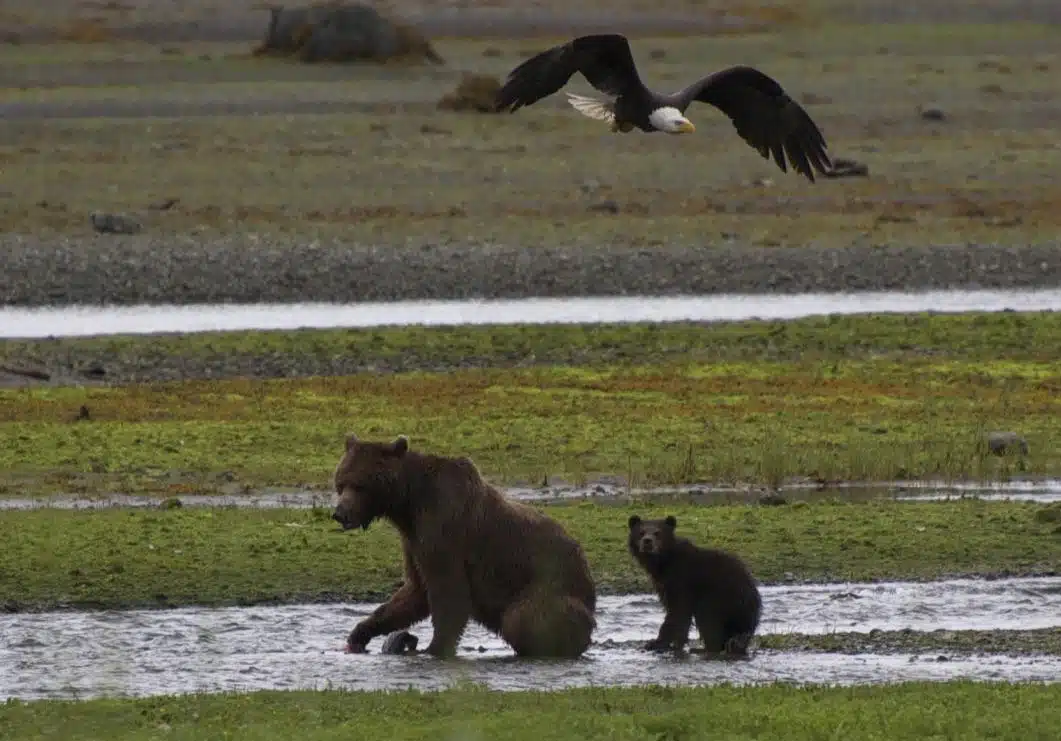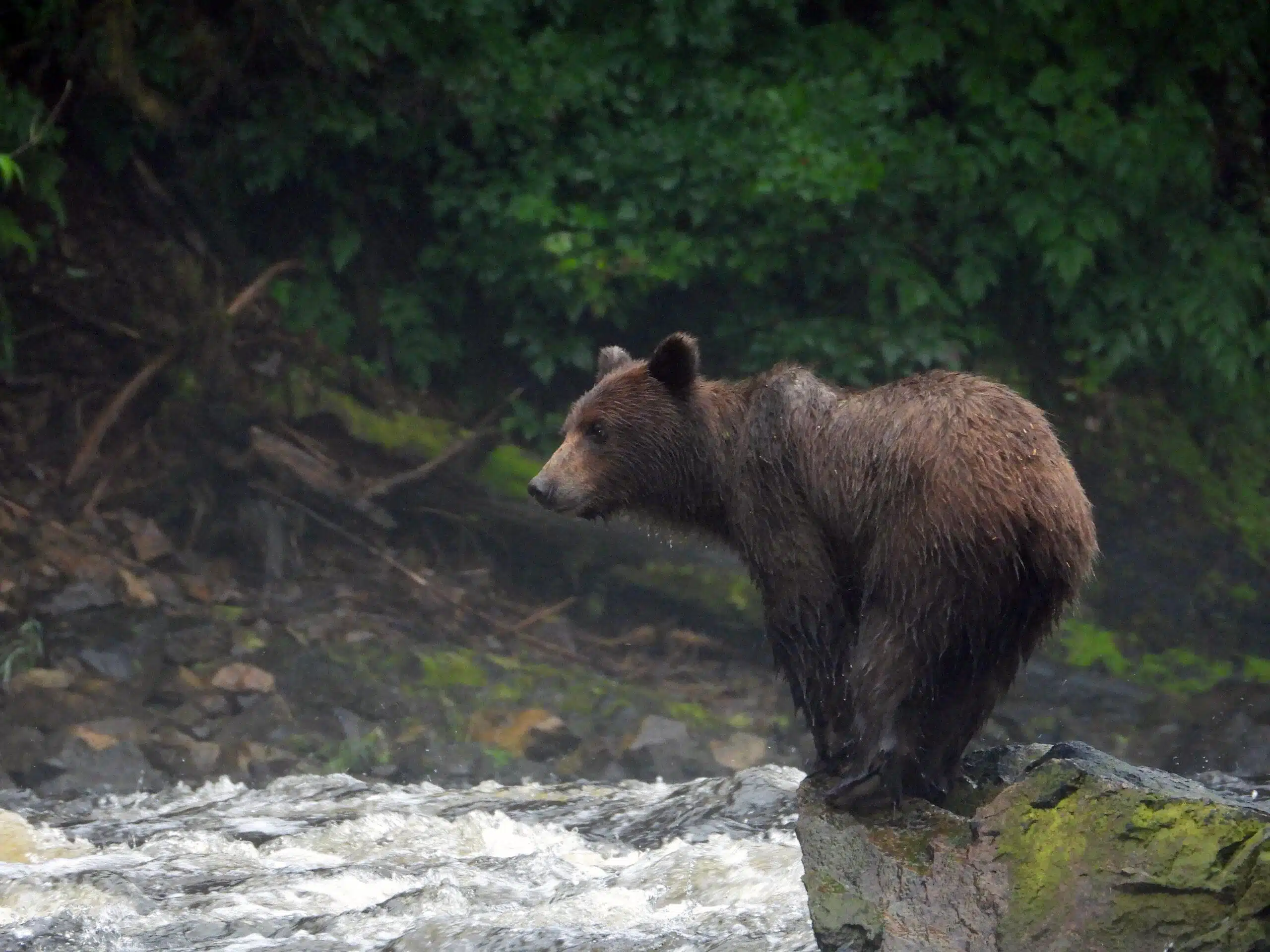Alaska is a popular fishing destination, with over three million lakes and 3,000 rivers, according to the Alaska Department of Fish and Game. If you’re looking for the ultimate getaway in the vast and beautiful state, try Juneau fly fishing.
Located in the heart of Southeast Alaska, Juneau has many remote rivers, lush creeks, and crystal-clear streams. These waters are home to various wild fish species that make every cast adventurous.
Let’s explore what you can expect to catch during Alaskan fly fishing in Juneau.
What You’ll Catch When Fly Fishing in Juneau, Alaska
Juneau offers diverse fishing experiences, and what you’ll catch often depends on the time of year and where your excursion takes you.
Dolly Varden or char is one fish you can expect to catch during any season with a light tackle. It has an average length of 12-18 inches and is aggressive and colorful.
Coastal Cutthroat trout are less common than char but are incredibly rewarding to catch. They’re about 10-16 inches long and are known for their vibrant color and elusive nature. The best time to catch them on a fly fishing trip in Juneau is from May to August.
Pink salmon are an abundant salmon species in Southeast Alaska. They’re also the first to show up each summer since they arrive in late June or early July and run throughout the season.
Silver salmon, or Coho, are a favorite among anglers looking for a challenge. They are strong fighters weighing about 8-12 pounds, which makes them a blast to catch. Other fish you might encounter when fly fishing in Juneau include:
- Chum salmon or Dog Salmon
- Rainbow trout
- Steelhead
When to Plan Your Alaska Fly Fishing Trip
Choosing the right time to book Alaska fly fishing trips depends on what you want to catch. However, summer often has the highest fish activity and best weather. These aspects make it ideal for a beginner angler or anyone planning a trip with their family.
Bear Creek Outfitters has knowledgeable local guides who are experts in fish patterns. They’ll help you pick the perfect time to go fly fishing based on what kind of fish you want to catch and your experience.
For example, if your goal is catching salmon in Juneau, they may recommend late June to early September. If you’re targeting Dolly Varden, they may advise you to book any time of the year, but mostly May through September when the fish are most active.
Fly Fishing Tips to Use During Excursions in Juneau, Alaska
Fish eat what’s around them, so when you’re fly fishing in Juneau, you should use flies resembling local insects or baitfish. Additionally, be stealthy in the water and stay low since the fish can spot shadows and hear splashes. Other fishing tips to maximize your experience include:
- Watch the water for signs of fish
- Let your fly drift with the current
- Practice your cast
- Be patient and focus
The Benefits of Guided Alaska Fly Fishing Trips
Booking a guided experience with professionals like Bear Creek Outfitters ensures you’re fishing in the best spots at the best times. The professionals will handle all the logistics, so you just need to show up and enjoy.
Alaskan waters are wild and constantly changing, but the guides at Bear Creek Outfitters are highly familiar with them.
They know the flies to use depending on the time of year, the weather, and water conditions. Besides, they track fish patterns and can easily tell where they’re biting, to give you a fulfilling trip.
While Alaska’s backcountry is beautiful, it’s also remote and has wild animals like bears. A guided trip will ensure you’re in the company of a trained and experienced professional who can help you enjoy other activities like bear-watching safely. More benefits of choosing guided Juneau fly fishing are:
- You can learn about the local culture
- You’ll fish in places most tourists never get to visit
- You’ll understand the weather better, to get the most out of your trip
Guided Fly Fishing Experiences Offered by Bear Creek Outfitters
The fly fishing trips offered by Bear Creek Outfitters allow you to explore Alaskan waters to your satisfaction. Here are some options to choose from depending on your availability and budget:
- A half-day fly-out trip
- A full-day trip
- A multi-day package
A half-day trip will be ideal if you have limited time but want to maximize your experience. It’s a great choice if you’re an angler travelling to Juneau on a cruise ship but want to enjoy a shore activity before leaving.
A full day trip allows you to explore longer and fly further. You’ll enjoy the ultimate fly-fishing expedition and still be able to get back to town before dark.
Multi-day fishing trips give you more time to explore our permitted 65 streams. You can customize your experience by discussing your fishing options with the guide before flying out.
Gear You’ll Need for Juneau Fly Fishing
Even if you’re booking a guided trip, it’s still vital to learn about fly fishing gear. If you’ll take your trip in the colder months, dress in layers to stay warm. Rain gear and waders are also vital for fly fishing during any season. Other fly fishing gear you may need includes:
- Rods and reels
- Flies
- Polarized sunglasses
Bear Creek Outfitters strives to enrich your fly fishing trip by providing all the necessary equipment. All our gear comes from top brands like:
- Echo
- Simms
- Rio
- Sage
We also teach you how to use the gear by providing a casting demonstration customized to your group and the Juneau fishing spots you’ll visit.
Enjoy Juneau Fly Fishing With Bear Creek Outfitters
Juneau fly fishing is an unforgettable adventure to explore when visiting Alaska. The vast wild waters are full of fish like Dolly Varden, salmon, and Cutthroat trout.
Enjoy a stress-free and safe trip by choosing a guided tour with local experts. You should also pick the best time for your excursion based on the fish you want to catch and your availability.
Bear Creek Outfitters offers a thrilling outdoor adventure led by expert guides with over 10 years of experience. We have intimate knowledge of our waters and are passionate about sharing it with our guests. Book your trip now.
